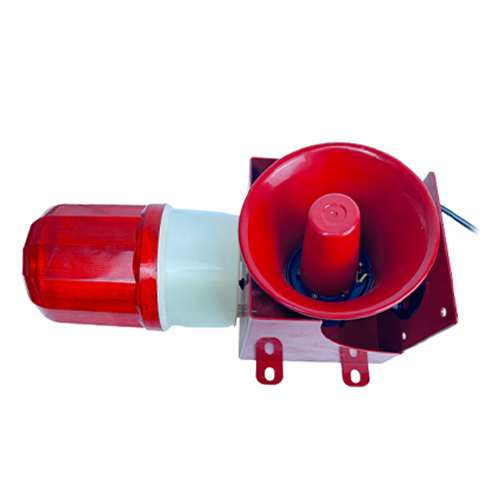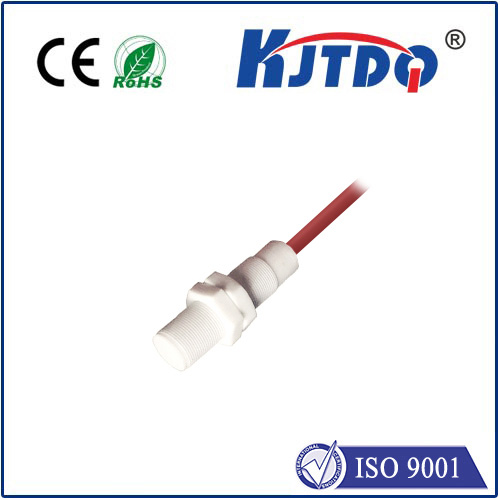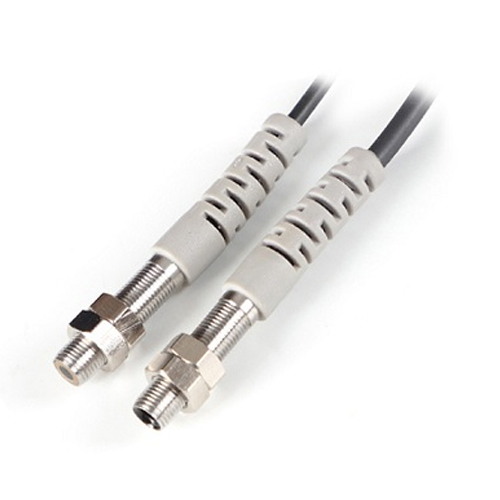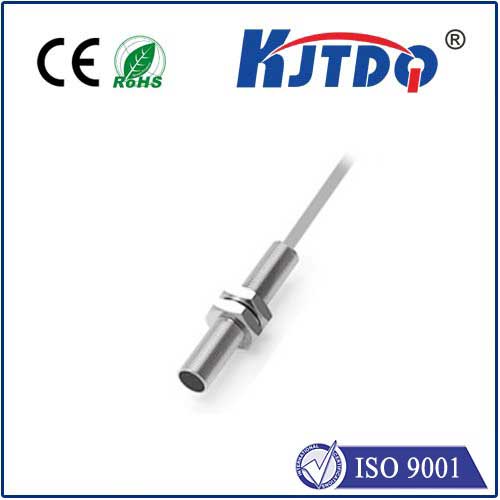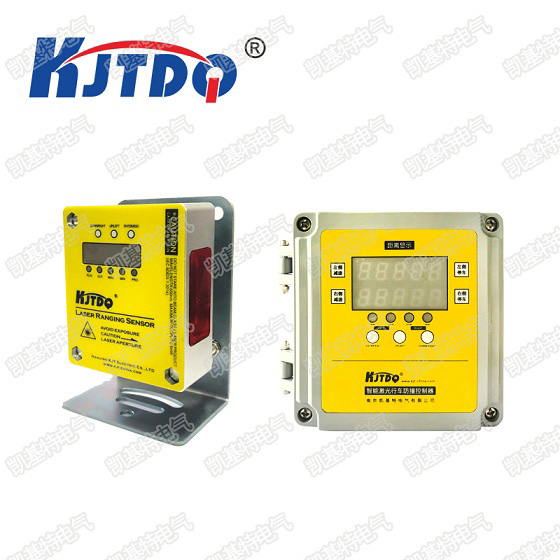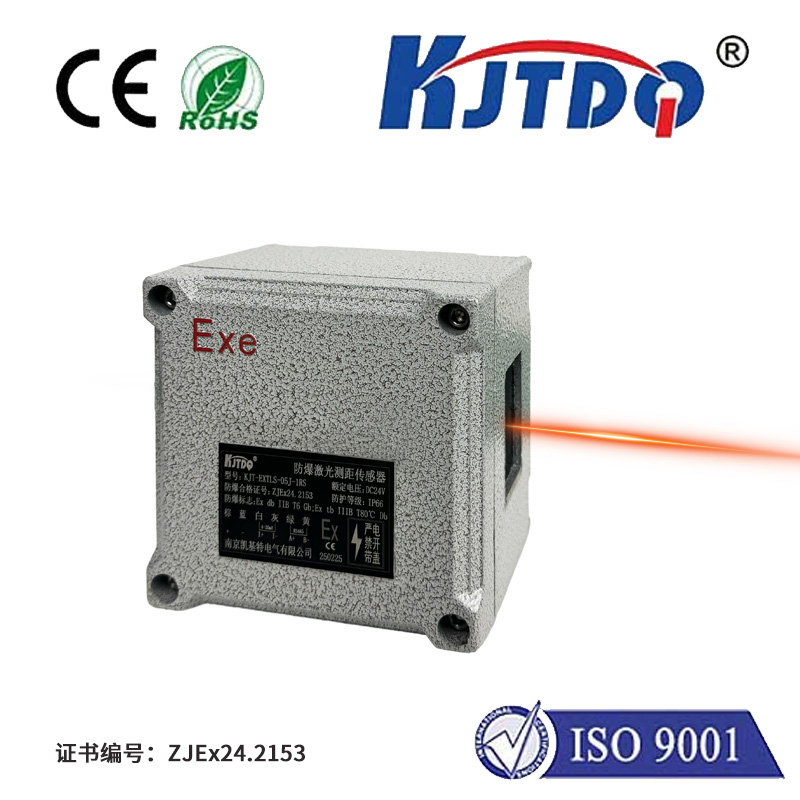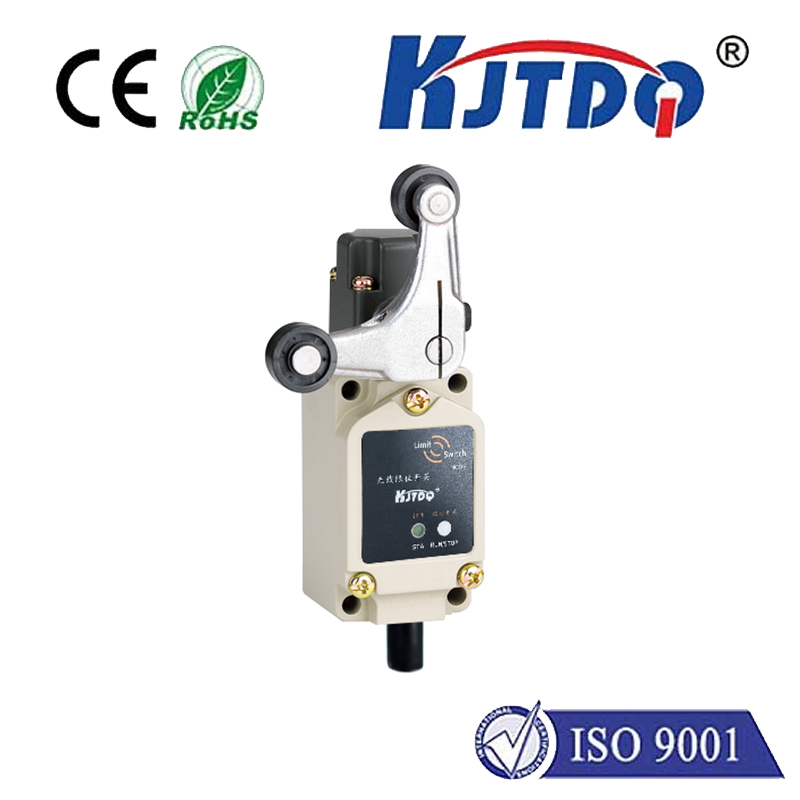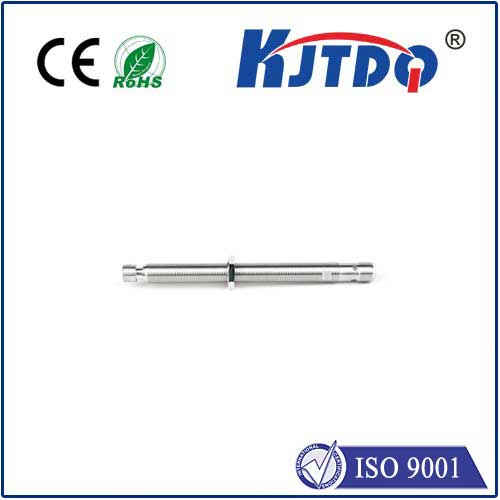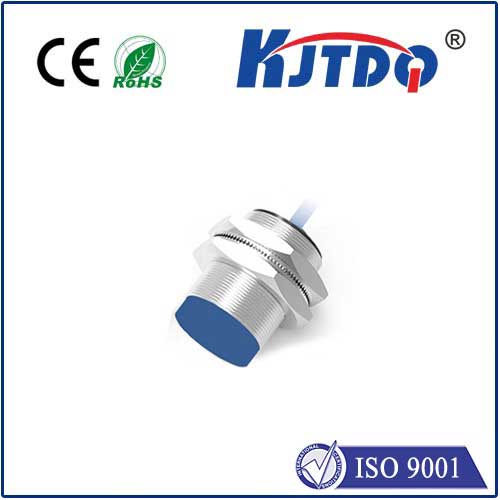

check

check

check

check
Introduction to Jai Balaji Proximity Sensors:
In recent years, technology has seen a tremendous surge with the advent of Jai Balaji proximity sensors. These innovative devices have revolutionized the way we interact with our surroundings, offering unprecedented levels of precision and accuracy. The use cases for these sensors are diverse, spanning across various industries and domains, from industrial automation to healthcare, transportation, and more. In this article, we explore the transformative potential of Jai Balaji proximity sensors, examining their unique features, capabilities, and applications.
Section 1: The Science Behind Proximity Sensors
Proximity sensors work by detecting and measuring the distance between two objects or surfaces. They employ a variety of technologies, including infrared (IR) and ultrasonic (US), to determine the distance between the objects. IR sensors emit an IR ray and measure the time it takes for the ray to bounce back, while US sensors use high-frequency sound waves to detect reflections off nearby objects. The data collected by these sensors is then processed and analyzed by software algorithms, providing accurate and real-time information about the proximity of objects.
Section 2: The Advantages of Jai Balaji Proximity Sensors
Compared to traditional proximity sensor technologies, Jai Balaji sensors offer several distinct advantages. These include higher accuracy, faster response times, longer battery life, and greater versatility. Jai Balaji sensors can detect distances ranging from a few millimeters to several meters, making them suitable for a wide range of applications. Furthermore, these sensors are designed for rugged environments, featuring robust housings and IP67防水等级, ensuring they can withstand harsh conditions.
Section 3: Applications of Jai Balaji Proximity Sensors
Jai Balaji proximity sensors find widespread use in various industries and domains, transforming how we interact with technology in our daily lives. In industrial automation, these sensors enable seamless monitoring of machines and equipment, improving efficiency and safety. In healthcare, proximity sensors help monitor patient vitals remotely, facilitating remote patient care. In transportation, these sensors are used to track vehicles and ensure road safety. Additionally, they are increasingly being used in consumer electronics like smart home systems, allowing users to control their devices with a simple gesture.
Conclusion:
Jai Balaji proximity sensors represent a significant leap forward in modern technology, offering unparalleled precision, accuracy, and versatility. As technology continues to evolve at a rapid pace, the potential applications of these sensors are virtually limitless. It's clear that the impact of Jai Balaji proximity sensors will continue to transform various industries and enhance our daily lives for years to come.
